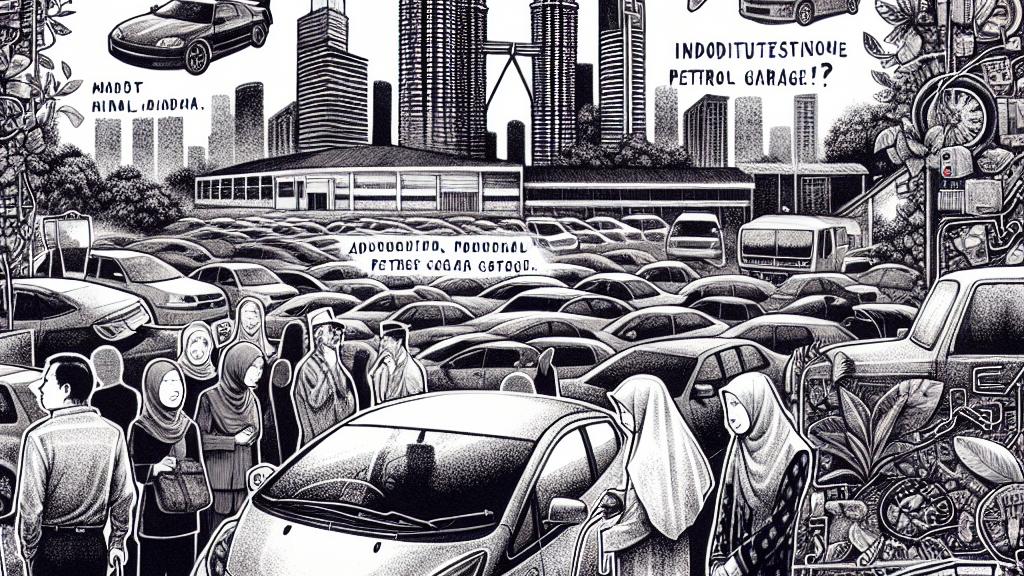Understanding the Barriers to Electric Vehicle Ownership in Malaysia
Overview
- Interest in EVs grows, but practical concerns hinder adoption.
- Skepticism about EV technology influences consumer decisions.
- Government incentives are not enough to drive widespread EV uptake.

The Exciting Potential of Electric Vehicles in Malaysia
In Malaysia, the buzz around electric vehicles (EVs) is unmistakable. More individuals, such as the enthusiastic Wong Weng Kong, are venturing into this electrifying realm. After taking his first exhilarating drive in an EV, Wong was hooked. He exclaimed, "It’s like cruising in a futuristic spaceship!" The smooth, silent ride is a world away from the clatter of traditional petrol cars. In 2024, over 21,000 new EVs were registered in Malaysia, showcasing a significant surge in interest. Yet, despite this impressive figure, practical concerns shadow this excitement. For instance, many drivers face challenges like inadequate parking space. Wong, who already owns two petrol cars, found it tough to accommodate another vehicle. It goes to show that even the most enthusiastic drivers are often anchored by the day-to-day realities of life.
Skepticism Surrounding Electric Vehicle Technology
While enthusiasm for EVs is palpable, skepticism looms large among potential buyers. Many are wary of the low resale values of EVs and the steep costs of battery replacements once warranties expire. For example, the popular BYD Atto 3 has depreciated by nearly 40% in just its first year on the market! This reality sparks hesitation in prospective buyers who question the long-term viability of their investment. Despite enticing incentives like tax breaks and 0% financing, the inherent risks often overshadow any advantages. As one insightful car reviewer put it, "Sure, the technology is innovatively thrilling, but real concerns, such as depreciation, loom large over any buyer's decision." This skepticism is a significant barrier that cannot be underestimated when considering EV adoption.
The Role of Government Support in EV Adoption
Though the Malaysian government has made commendable attempts to promote EVs through various incentives, such as tax exemptions and subsidies, these measures alone seem insufficient for mass adoption. Companies like BYD and Tesla have made significant headway, yet the broader market remains hesitant. If the price of EVs could parallel traditional vehicles more closely, there might be a more robust transition. Countries like Norway, for instance, illustrate the power of effective government policy—there, EV adoption rates soar thanks to substantial support and incentives. The key takeaway? Even the best intentions can miss the mark without aligning perfectly with consumer needs and market dynamics. Truly, transitioning to an electric vehicle landscape in Malaysia demands a collaborative effort from both consumers and policymakers alike. It's a fascinating journey; the shift toward a greener future relies on everyone playing their part.

Loading...